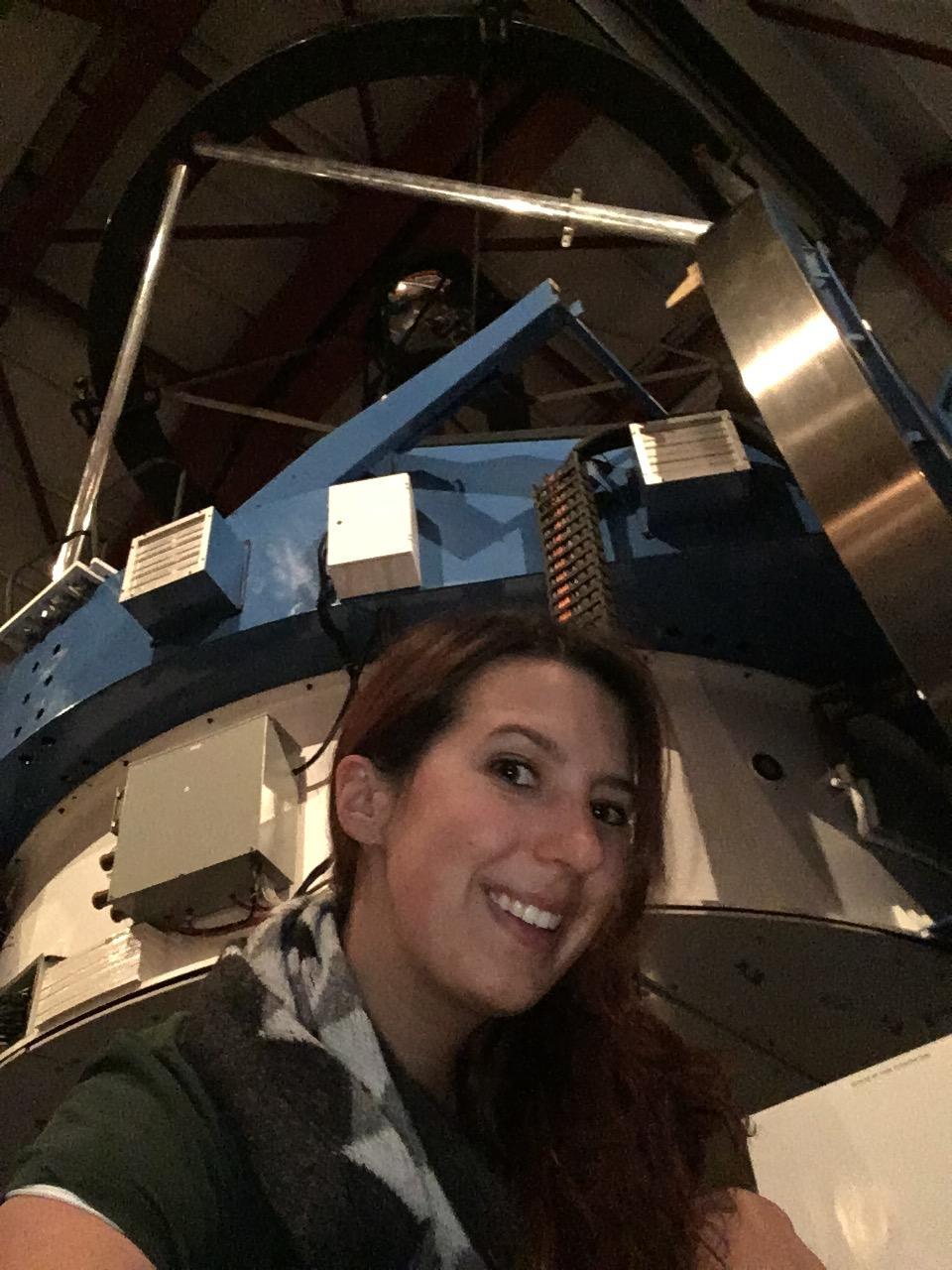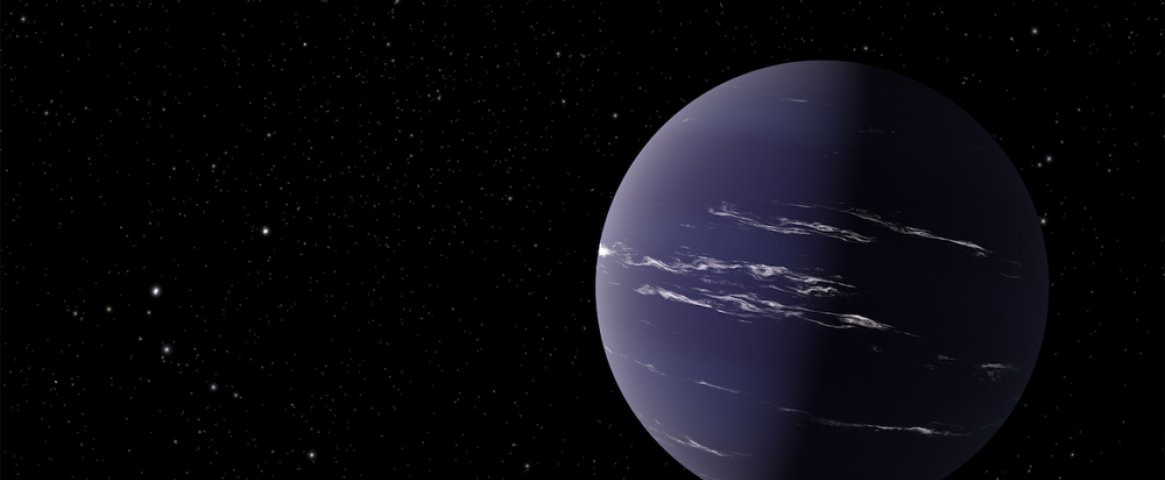By Saugat Bolakhe
Standing on a deck of a tiny cabin at a small mountain range in upstate New York with eyes glued to a tiny telescope, young Jennifer Burt spent most of her summer nights staring at the rings of Saturn. Now, as an astronomer at the NASA Jet Propulsion Lab, California, Burt basically does the same job, except she uses super cool telescopes to look for planets far beyond the solar system.
“It is probably the coolest type of science I could imagine doing,” she said.
With the help of NASA’s latest satellite telescope called Transiting Exoplanet Survey Satellite (TESS), Burt and her team have discovered a fast spinning cool foggy Neptune-sized planet whose name you may not want to pronounce at all: TOI 1231b. It is the first planet (thus the letter ‘b’) discovered from a star that ranks at 1231st position under the TOI (or TESS object of Interest) catalogue.
Exoplanet discovery is not a new venture. Ever since Swiss astronomers Michel Mayor and Didier Queloz first discovered a fuming hot Jupiter-like exoplanet called "Dimidium" in 1995, the rate of new planet discovery has exploded. Now there are almost 4,400 of them recorded.
“It’s my sixth time leading a research team on the discovery of an exoplanet,” Burt said. But this one, she feels, is special.
The temperature, the atmosphere and the host star
“The combination of its atmosphere, temperature and host star is quite special,” agrees Diana Dragomir, coauthor of the study and an astronomer at the University of New Mexico.
Most planets revolving closer to their host star tend to be hundreds, if not thousands, of degrees hotter than Earth. With a surface temperature of about 140°F, it may be a bit too toasty to be considered a comfortable temperature here on earth, but it falls among some of the coolest travelling planets discovered so far. Which in principle allows liquid water to exist.
Scientists get a sense of the planet's atmosphere by comparing the difference in appearance of its size which can vary depending on the telescopic light strip astronomers look from.

“If a planet looks bigger looking from an infrared (a radiant light band which we can feel as heat but invisible to the human eye) then there's a good chance the planet’s atmosphere contains helium.” Burt said. “Because helium absorbs infrared light making its atmosphere look dense.” So the planet’s atmosphere is likely filled with hydrogen-helium gas or with dense water vapor.
Almost eight times closer than the Earth to the Sun, the planet revolves around the relatively cooler host star, a red dwarf star called ‘M-Dwarf’. That’s the reason the exoplanet seems cooler compared to how close it is.
“M-Dwarf stars occupy 70% of the total stars in the Milky Way Galaxy alone but they are so faint that you don't even see a single one of them with naked eye,” Todd J. Henry, an astronomer at Georgia State University, who was not involved in the study, told Phys.org. That’s why M-Dwarfs were off the radar in exoplanet research for a long time.
How do they do it
Exoplanet discovery is not a matter of a momentary OMG event but rather a prolonged effort that involves a lot of calculations and data interpretations. To come up with its confirmation, Burt and her team measured the brightness of the host star for almost two months using the TESS satellite. During the observation they detected consistent small dips in light level, consecutively at about 24 days. This clearly indicated passage of a planet in front of the star. The data was consistent. It was not some cosmic aberration. The planet was real.
“Excitedly, I was dancing in my cubicle”, Burt recalls. They figured out the size of the planet by measuring the depth of its dip and calculated its orbital period by counting the time lapse between two dips.
Looking ahead
So far researchers haven’t devised a precise method to detect an Earth-like planet orbiting around a Sun-like star on a 1-year orbit. But the addition of new instruments and analysis techniques will surely shape up the future of exoplanet discovery.
“I am really enjoying the focus on confirming small planets like this one,” Burt said. “We are learning so much beyond just confirmation – including their interior composition, atmosphere, likely formation and evolutionary history.”
As for finding an exactly earth-like exoplanet, it seems distant, at least that’s what Dragomir believes. “I don’t know if a satisfactory answer will be reached during my career,” she said. “But I think we will get some pieces of the puzzle and that is plenty exciting for me.”
Saugat Bolakhe is a freelance science and environment writer from South Asia (Nepal). He is passionate about writing about evolution, ecology, climate science and anything interesting in biology. He is a podcaster at the excellent science writings podcast. You can check his other works at bolakhe.contently.com, or email him at saugatbol@gmail.com or connect on twitter @saugat_optimist.
This story was produced as part of NASW's David Perlman Summer Mentoring Program, which was launched in 2020 by our Education Committee. Bolakhe was mentored by Teresa Carey.
Main image: Artistic visualization of the Neptune-sized exoplanet TOI-1231b. Courtesy: NASA/JPL.



